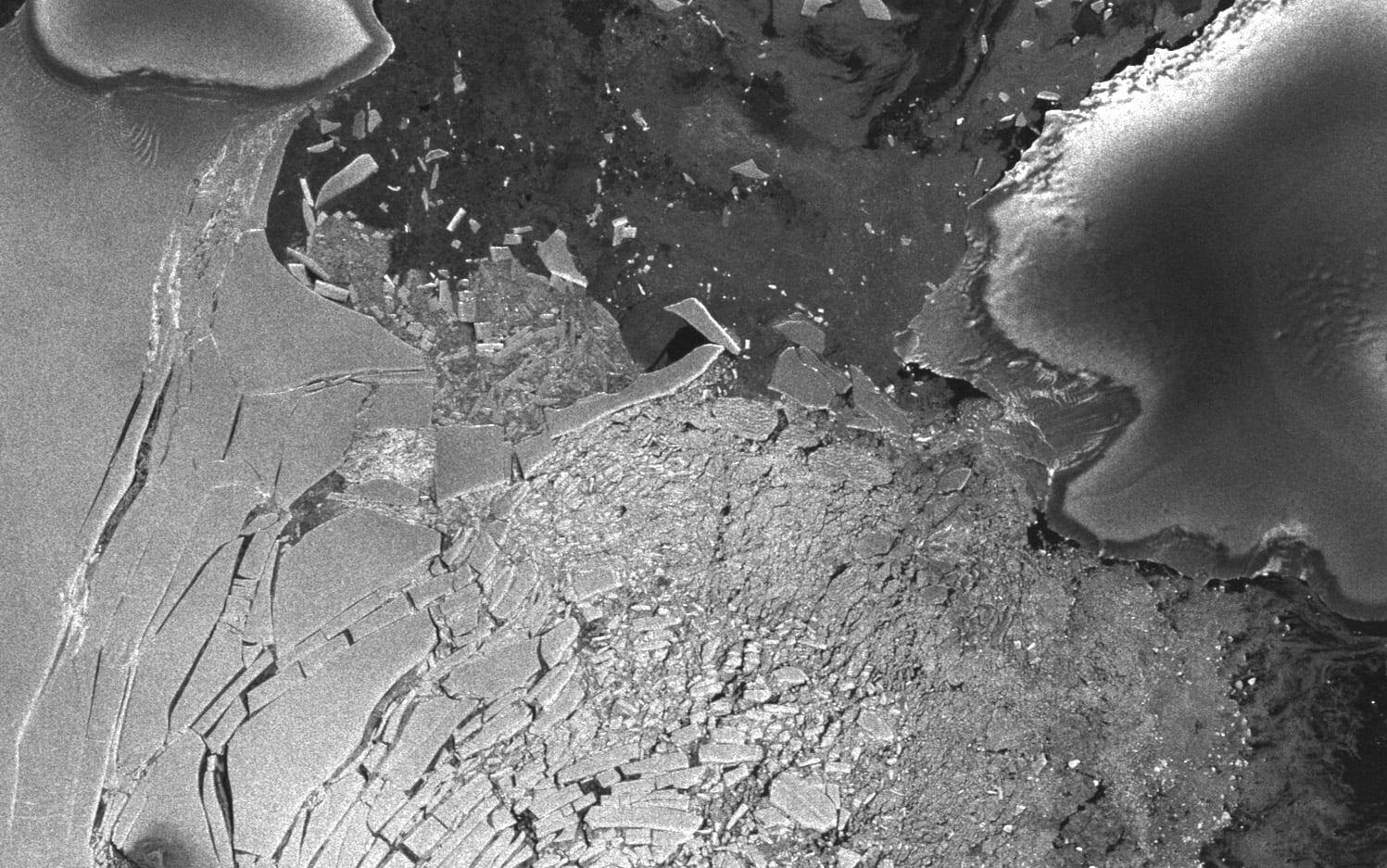[/caption]
A
paper
published in the journal
Science
in August 1981 made several projections regarding future climate change and anthropogenic global warming based on manmade CO2 emissions. As it turns out, the authors' projections have proven to be rather accurate -- and their future is now our present.
The paper, written by a team of atmospheric physicists led by the now-controversial James Hansen at NASA's Institute for Space Studies at Goddard Space Flight Center, was recently rediscovered by researchers Geert Jan van Oldenborgh and Rein Haarsma from the Royal Netherlands Meteorological Institute (
KNMI
). Taking a break from research due to illness, the scientists got a chance to look back through some older, overlooked publications.
"It turns out to be a very interesting read," they noted in their blog on
RealClimate.org.
Even though the paper was given 10 pages in
, it covers a lot of advanced topics related to climate -- indicating the level of knowledge known about climate science even at that time.
"The concepts and conclusions have not changed all that much," van Oldenborgh and Haarsma note. "Hansen et al clearly indicate what was well known (all of which still stands today) and what was uncertain."
Within the paper, several
graphs
note the growth of atmospheric carbon dioxide, both naturally occurring and manmade, and projected a future rise based on the continued use of fossil fuels by humans. Van Oldenborgh and Haarsma overlaid
data
gathered by NASA and KNMI in recent years and found that the projections made by Hansen et al. were pretty much spot-on.
If anything, the 1981 projections were "optimistic".
[caption id="attachment_94470" align="aligncenter" width="580" caption="Data from the GISS Land-Ocean Temperature Index fit rather closely with the 1981 projection (van Oldenborgh and Haarsma)"]
[/caption]
Hansen wrote in the original paper:
"The global temperature rose by 0.2ºC between the middle 1960's and 1980, yielding a warming of 0.4ºC in the past century. This temperature increase is consistent with the calculated greenhouse effect due to measured increases of atmospheric carbon dioxide. Variations of volcanic aerosols and possibly solar luminosity appear to be primary causes of observed fluctuations about the mean rend of increasing temperature. It is shown that the anthropogenic carbon dioxide warming should emerge from the noise level of natural climate variability by the end of the century, and there is a high probability of warming in the 1980's. Potential effects on climate in the 21st century include the creation of drought-prone regions in North America and central Asia as part of a shifting of climate zones, erosion of the West Antarctic ice sheet with a consequent worldwide rise in sea level, and opening of the fabled Northwest Passage."
Now here we are in 2012, looking down the barrel of the global warming gun Hansen and team had reported was there 31 years earlier. In fact, we've already seen most of the predicted effects take place.
"Drought-prone regions" are receiving
less rainfall
, the Antarctic ice has begun to
crack and crumble
and bowhead whales are using the Northwest Passage
as a polar short-cut.
[caption id="attachment_94471" align="aligncenter" width="580" caption="The retreat of Pedersen Glacier in Alaska. Left: summer 1917. Right: summer 2005. Source: The Glacier Photograph Collection, National Snow and Ice Data Center/World Data Center for Glaciology."]
[/caption]
And that's not the only prediction that seems to have uncannily come true.
"In light of historical evidence that it takes several decades to complete a major change in fuel use, this makes large climate change almost inevitable," Hansen et al wrote in anticipation of the difficulties of a global shift away from dependence on carbon dioxide-emitting fossil fuels.
"CO2 effects on climate may make full exploitation of coal resources undesirable," the paper concludes. "An appropriate strategy may be to encourage energy conservation and develop alternative energy sources, while using fossil fuels as necessary during the next few decades."
As the "next few decades" are now, for us, coming to a close, where do we stand on the encouragement of energy conservation and development on alternative energy sources? Sadly the outlook is not as promising as it should be, not given our level of abilities to monitor the intricate complexities of our planet's climate and to develop new technologies. True advancement will rely on our acceptance that a change is in fact necessary... a hurdle that is
proving
to be the most difficult one to clear.
Read van Oldenborgh and Haarsma's blog post
here
, and see the full 1981 paper "Climate Impact of Increasing Carbon Dioxide"
here
. And for more news on our changing climate, visit
NASA's Global Climate Change site.
Tip of the anthropogenically-warmer hat to The Register.
 Universe Today
Universe Today
